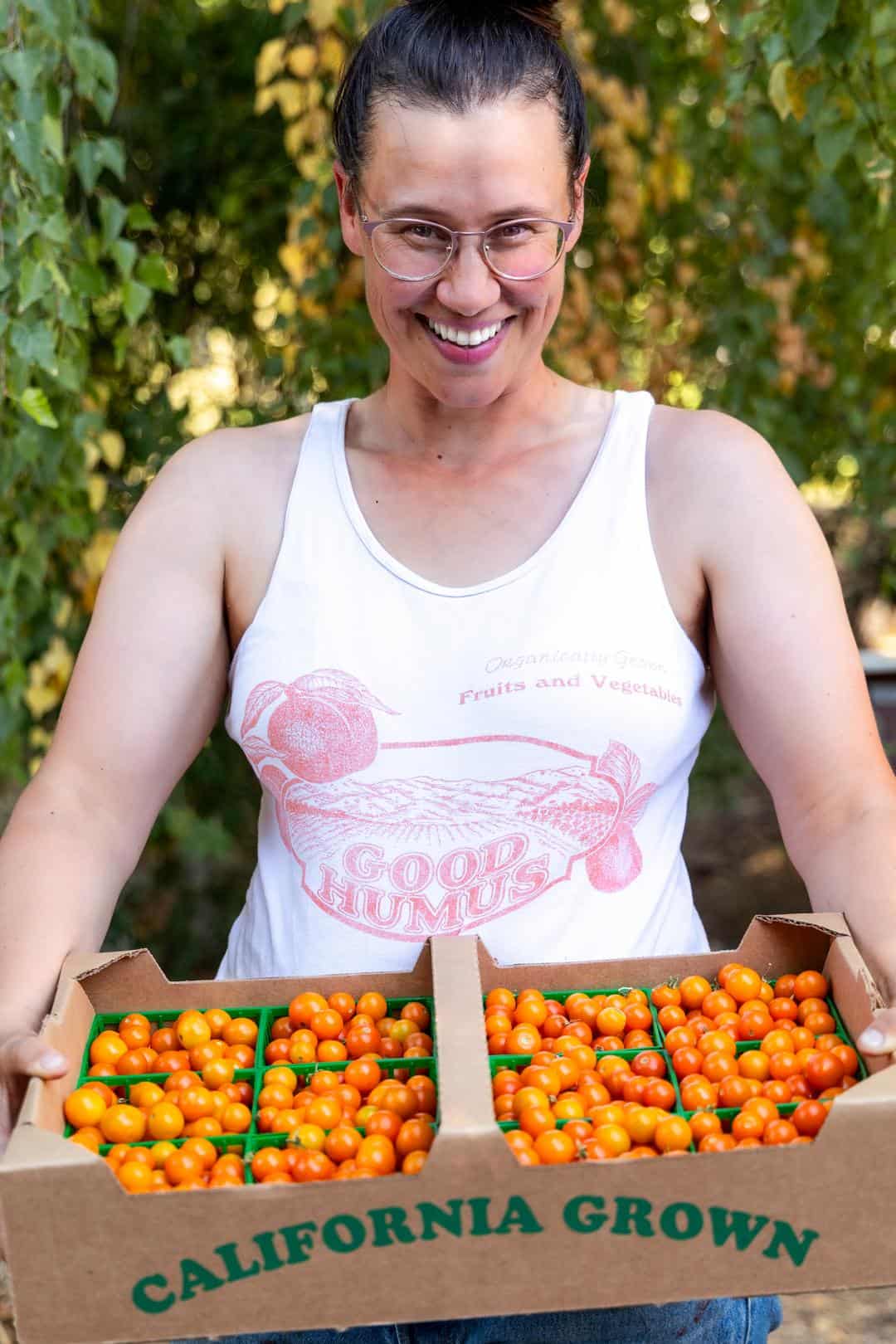Good Humus: Farming the Old-Fashioned Way
Visiting Good Humus is a bit like stepping back in time. Located in Hungry Hollow, just outside of Capay Valley, the farm is surrounded by gently swaying golden grasses and bordered by picturesque foothills that could have been ripped straight out of a painting. When you arrive at Good Humus, you immediately notice that it does “look” like your stereotypical farm. Instead of the immaculate rows and plots, you’ll find at most larger operations, the crops at Good Humus intermingle gracefully with hedgerows, stone fruit trees and natural land.
Farming by design
We met with Alison and Claire Main, second-generation farmers at Good Humus, who explained that the farm’s layout isn’t just aesthetically pleasing – there’s purpose behind the placement. The family prides itself on farming organically and regeneratively, and the design results from years of trial and error, allowing each of their almost 200 crops to grow in the space best suited for each fruit, vegetable or flower.

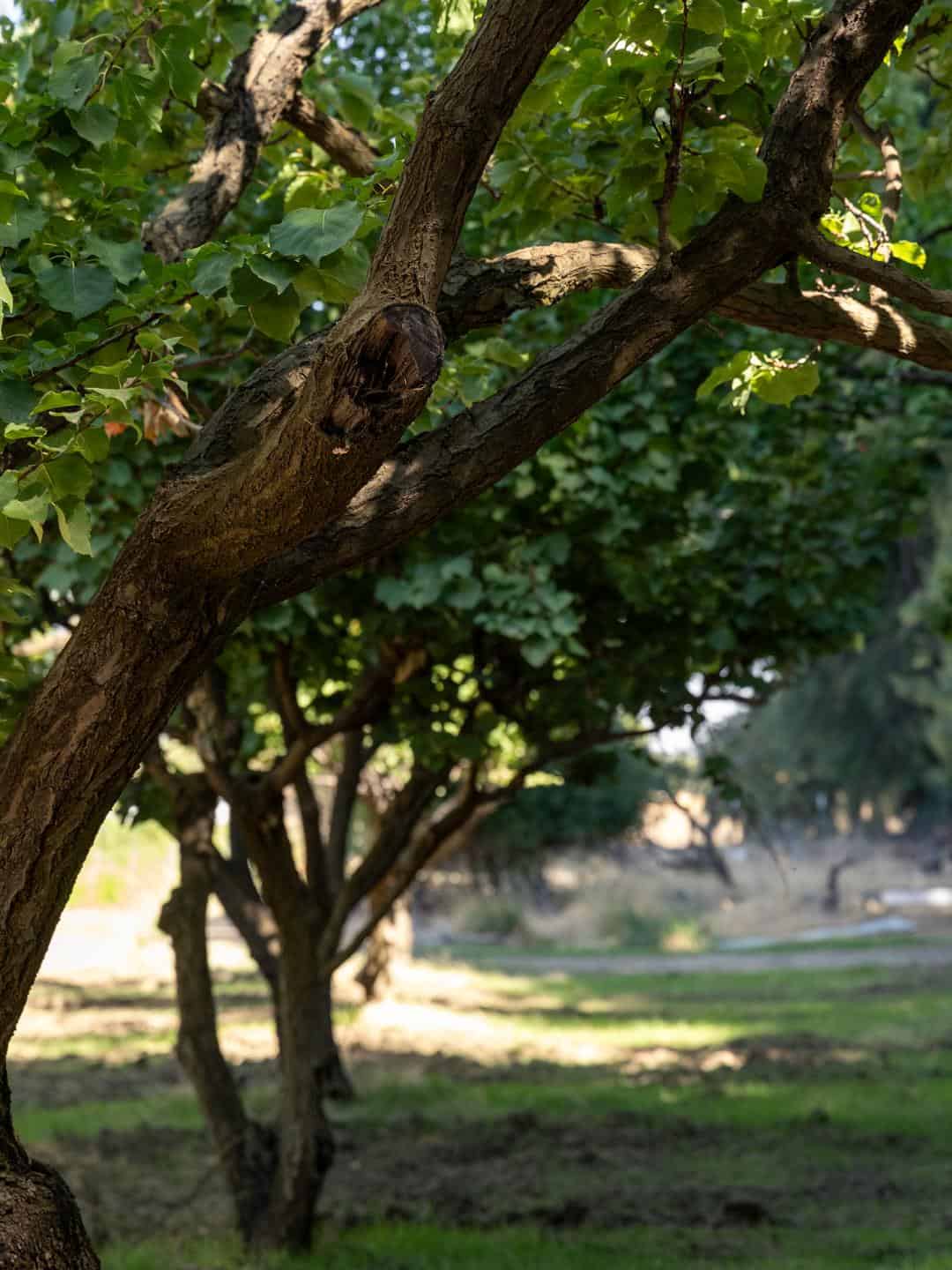
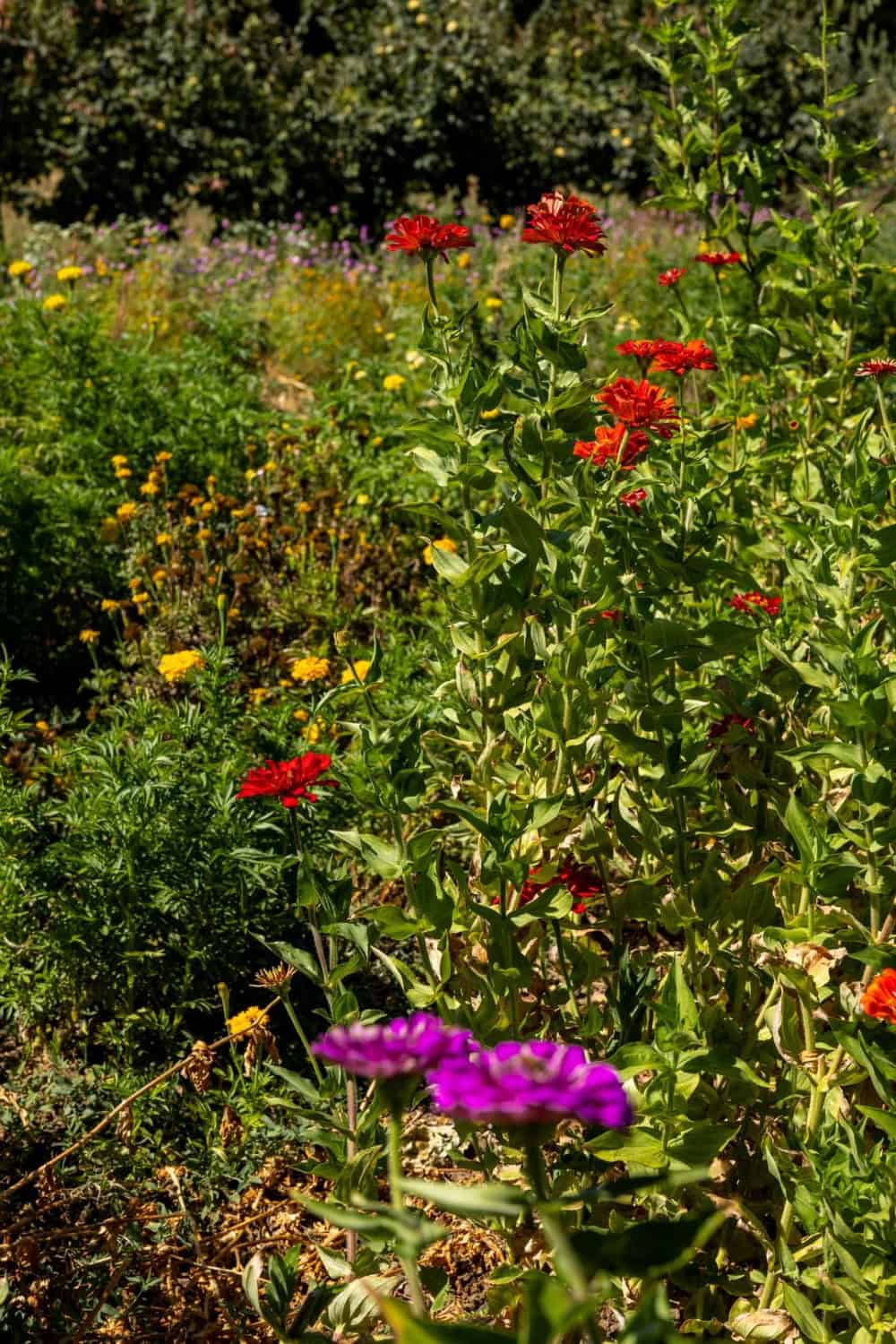
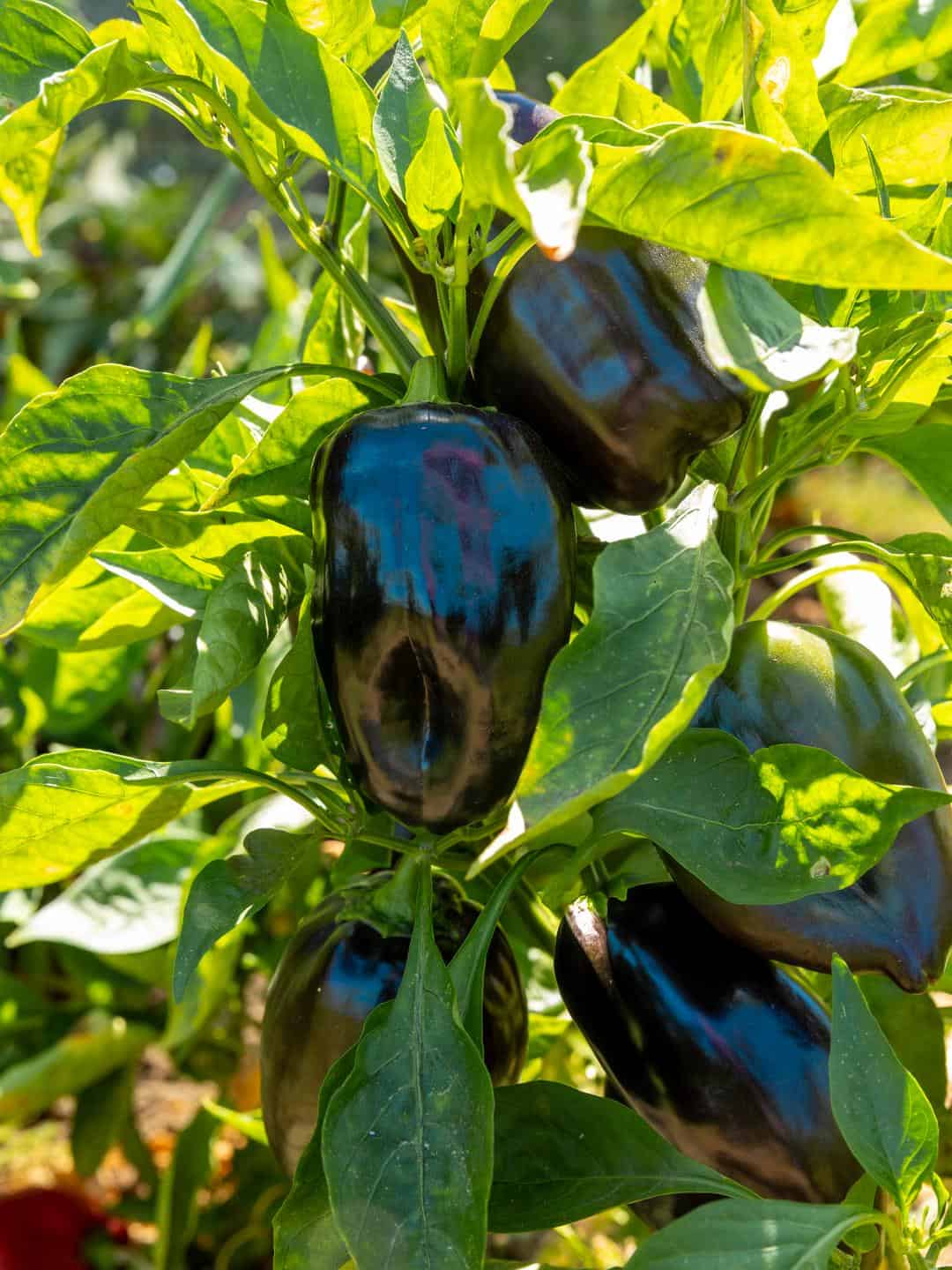
Alison explains, “My parents put a lot of stock into creating a place instead of just making a buck for every acre you have. It’s all cut into little microclimates. What they’ve done is create a place that’s closer to the natural world and hopefully a bit more balanced, which correlates to our organic and regenerative style of farming where you’re trying to caretake the land, not just mine the soil. Claire chimes in, adding, “My dad has a saying. We don’t own the land; we’ve only borrowed it for a short time. That’s kind of cool to think about. We’re not trying to change it too much; we’re just trying to take care of it.”
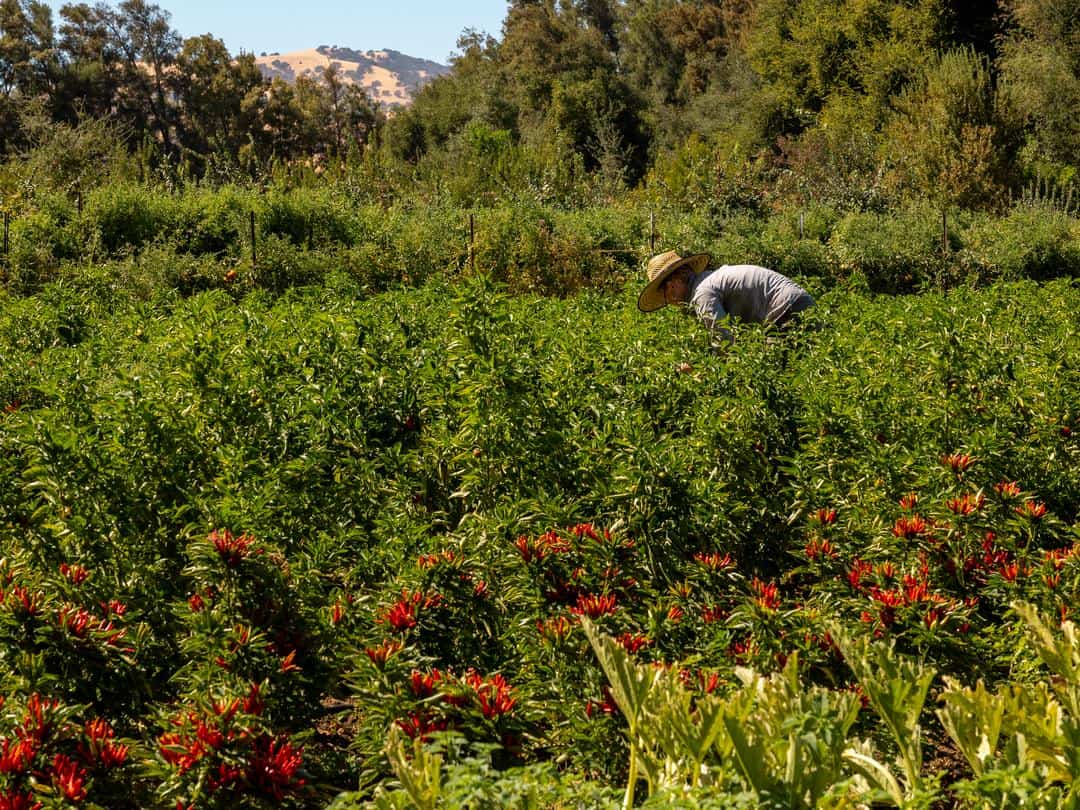
Finding their path
Alison and Claire’s parents, Jeff and Annie Main, founded the farm in 1976. The two girls obviously grew up surrounded by agriculture, but neither envisioned it as their future.

Claire started working at the farm and slowly came to the realization that maybe the life she’d always known was also her future. Today, Claire tackles the farm’s finances and maintains relationships with farmers markets and grocers. Alison had a different path. After spending years across the country working in graphic design, she returned home for a friend’s wedding. While helping her mom arrange the wedding flowers, Alison realized she missed working with her hands and loved styling flowers. “I wanted to be outside in the sun moving, not behind a desk,” she recalls. Alison ultimately moved back to the farm and embraced the role of field manager.
Today, Claire and Alison are preparing to take over the family farm. Their parents are ready to retire – at least as much as any farmer is ever really ready to retire. The two sisters still rely on their parent’s knowledge of the land – 40 years of experience is an incredibly valuable resource – and plan on embracing the same organic and regenerative techniques their parents have employed for decades.
Organic and regenerative farming
Organic farming is gaining traction throughout the state, but Good Humus has been farming organically since day one. In fact, they were one of the first farms in Capay Valley to pursue organic certification. While many organic farms still rely heavily on various inputs like fertilizers or fungicides, Alison and Claire apply them sparingly. Alison matter-of-factly states, “If you look up ‘what does it mean to be organic?’, we’re doing all the practices – and we’ve always done it.”
“We don’t add anything,” Alison continues, “We don’t use any pesticides. We add compost, plant cover crops, and we plant a mix of things all together so there’s no vulnerability of being susceptible to the same pest.” Claire adds. “We do crop rotation so the soil isn’t depleted, and we buy organic seeds. It makes it harder…” Claire pauses, and Alison notes, “But it’s made us more resilient. We’re really flexible. We’re able to diversify what we’re doing to stay as secure as we can. It’s taking care of the planet and feeding our family and community food that’s really, really good for them.”
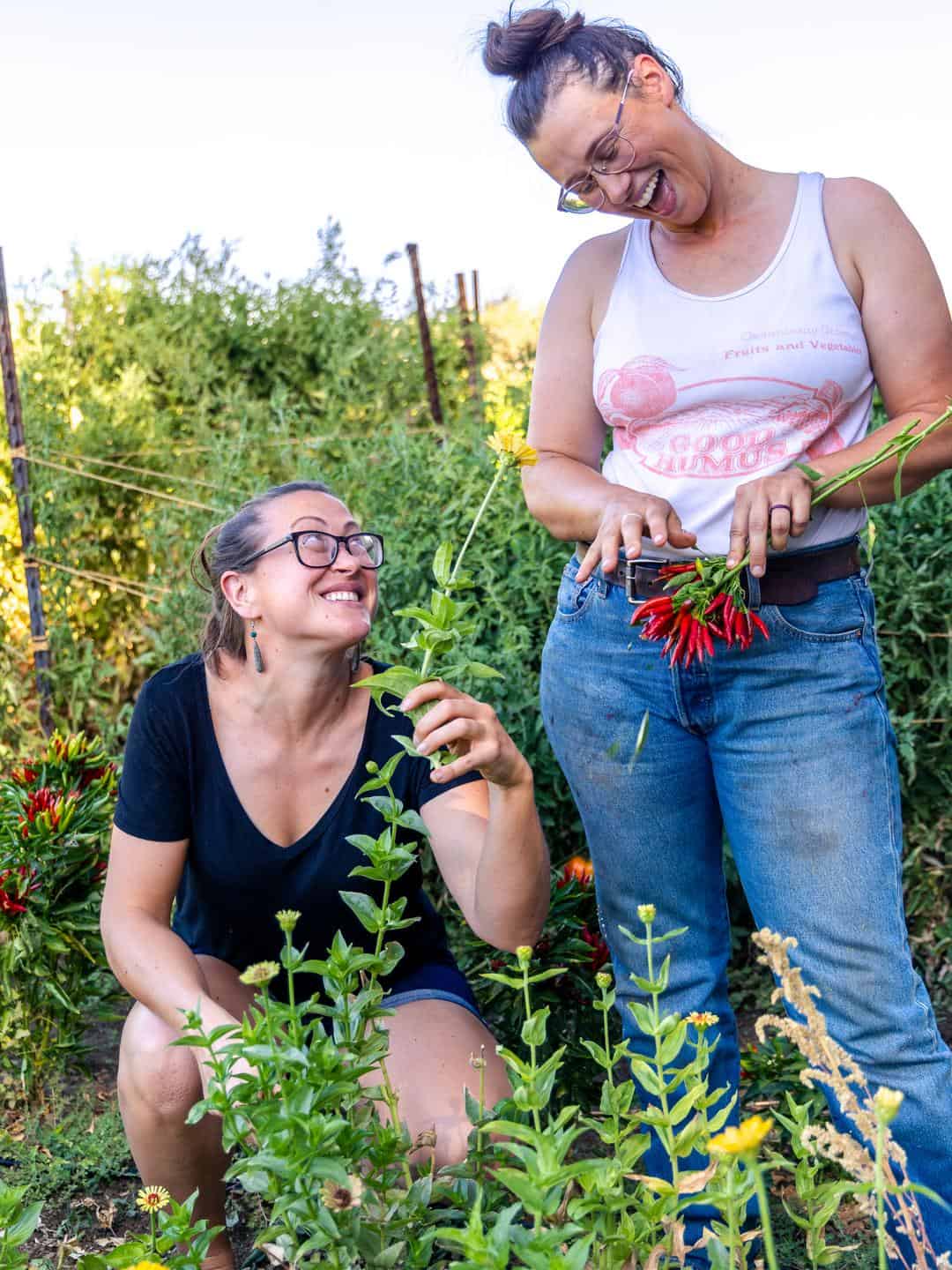
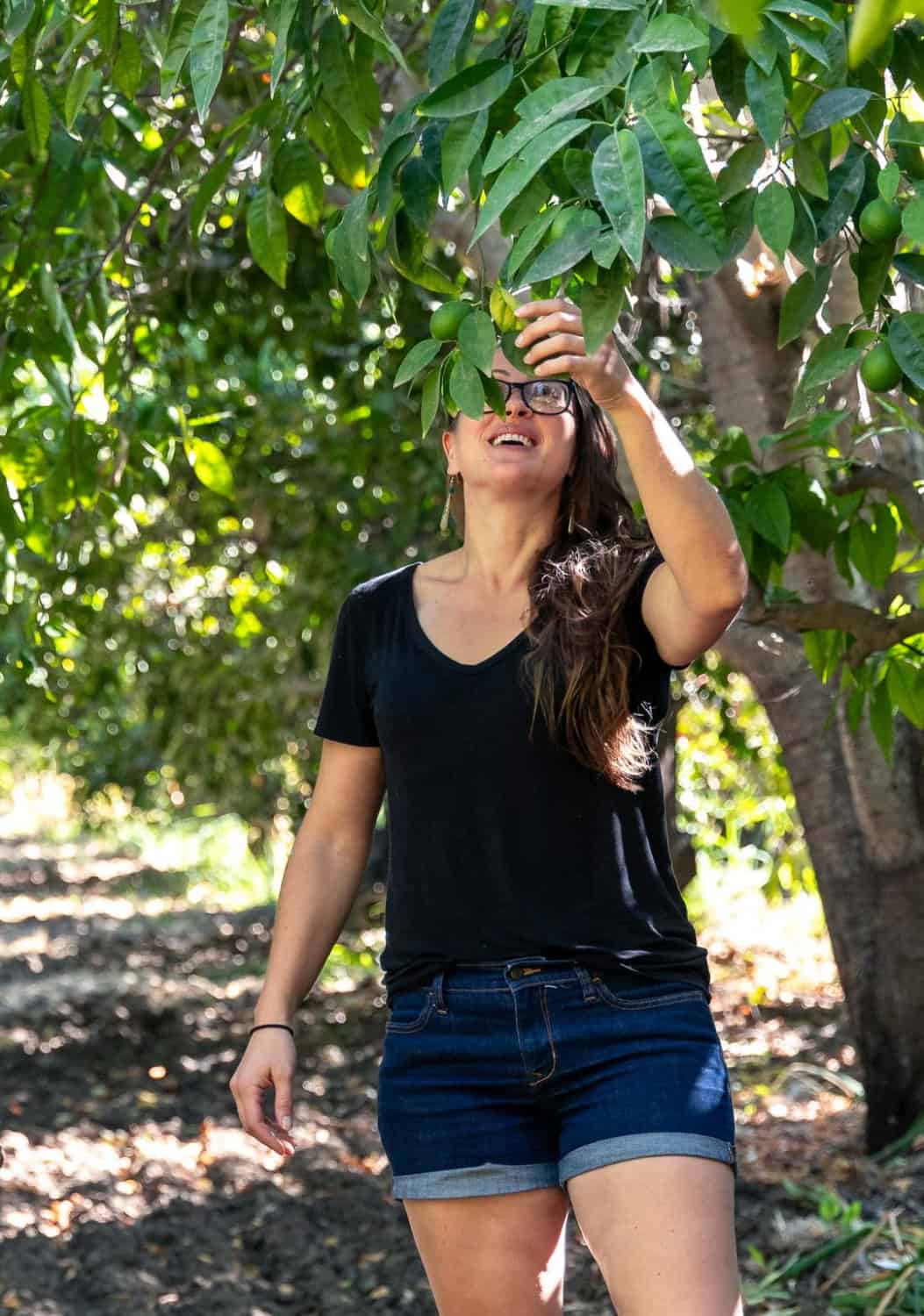

Living in harmony with the land
Regenerative farming is about living in harmony with the land. Instead of battling against insects, deer and other wildlife, the family has found ways to co-exist.

Alison credits her father with many of these solutions, explaining, “We don’t try to keep everything out of the field. The insect life can live in the hedgerow and move around and explore like they would in the natural world. We have deer fence, but we don’t close off our entire farm. We close sections. So when we’re done in the orchard, the deer can be in the orchards. They can have the fruit that falls from the trees that we don’t want. It’s trying to live inclusively with everything – with the animals, insects, the trees, the plant life. What makes this place unique is the way it’s been brought to life naturally versus just for profit.”
Farming is a tough job
While most farmers, including Alison and Claire, find farming incredibly fulfilling, it’s not without challenges. Like many areas of the state, Hungry Hollow is facing a future in which an uncertain water supply is a wild card that could change everything. Alison explains, “The Hungry Hollow is labeled through SGMA as an area of concern. We are on wells with no access to surface water. Our water table is dropping pretty fast. A lot of the almonds, grapes and olives in this region used to be dry-farmed. Now, within the last eight years, almost all of the permanent crops are on irrigation. So, an area that was probably a little dry to begin with now suddenly has a lot of straws in the soil.”
However, there is good amid the uncertainty. Alison and her mother, in cooperation with many other local farmers, are actively working with their local irrigation district to address the issue. “That’s going to be the determining factor of our future,” Alison said. One of the things that really stands out about this part of the state is a distinct sense of community – neighbors helping neighbors. With the looming water issue and all other challenges that may arise, his tight-knit community is committed to banding together to find solutions.
An old-fashioned, supportive agricultural community
Alison and Claire agree that the supportive agricultural community is what makes Hungry Hollow and the neighboring Capay Valley special. As women in agriculture, both Alison and Claire have had nothing but positive experiences with other local farmers and their teams. Claire notes, “We’ve always known every farmer up and down this valley. It’s never been us forging our own path. Everybody’s helping and supporting each other.” Alison adds, “What I have seen is it just comes down to respect. I have never met a guy that has disrespected me. If you can do the work, that’s all the talking that needs to be done.”
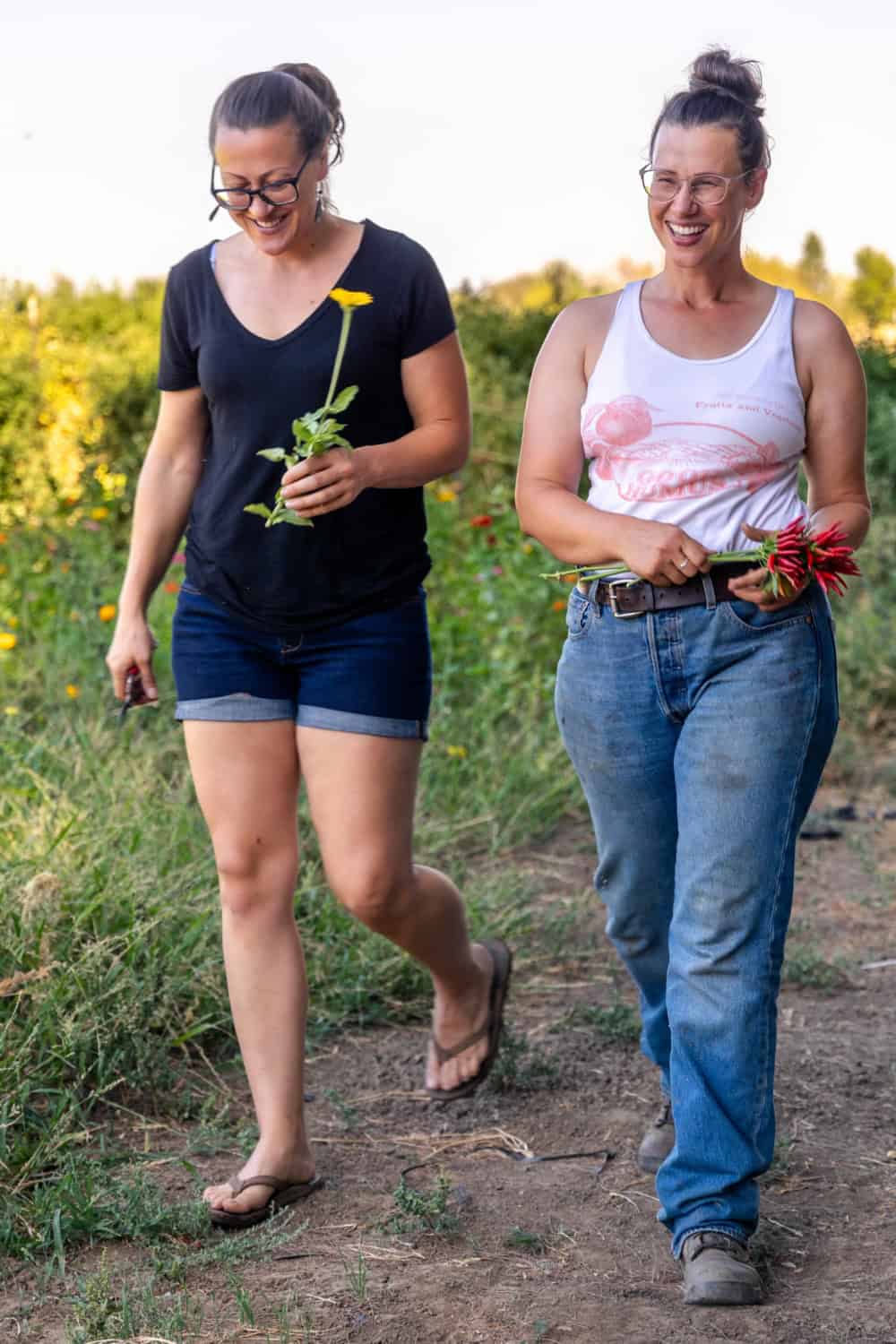
Both Alison and Claire are grateful to have supportive relationships with other local farmers, sharing knowledge and pitching in to lend each other a hand when needed. Alison states, “We were brought up with the idea that there’s enough customers for everybody, so we’re just going to be friends. It’s a crazy life – there aren’t that many people you can really relate with. In the middle of summer (harvest), when you’re seeing cross-eyed and you’re like, ‘Oh my god,’ and they just know. They’re like, ‘Yes, oh my god. Let’s go have a beer.’ There’s a lot of support.”
In a community where everyone supports each other, giving back comes naturally to Alison and Claire. They share, “We donate a lot to the local food bank and schools. We donate a CSA box weekly to RISE – it’s in Esparto and supports families in need. We work with the local Esparto school district and provide them with plant starts for their gardens.”
What grows at Good Humus Farms?
Good Humus Farms grows over 200 different varieties of fruits, vegetables and flowers. They pride themselves on growing unique, old-fashioned varieties that are hard to find elsewhere. Royal Blenheim apricots are their number one crop. In the past, the region was known for this succulent apricot variety, but because these apricots have a short shelf life, they’ve fallen out of favor with many commercial growers. Good Humus boasts a 40-year-old Royal Blenheim apricot orchard – and the juicy gems are a fan favorite.
Suncrest heirloom peaches are another unique offering. Like the apricots, the flavor is unmatched, but the shorter shelf life can be problematic. Good Humus delivers their heirloom peaches directly to the Davis Co-Op two to three times a week to ensure the fruit on their shelves is at its peak. In addition to these unique offerings, Good Humus grows many different kinds of citrus, stone fruit, tomatoes, peppers, flowers, berries and more. They also sell homemade jams and dried fruits.
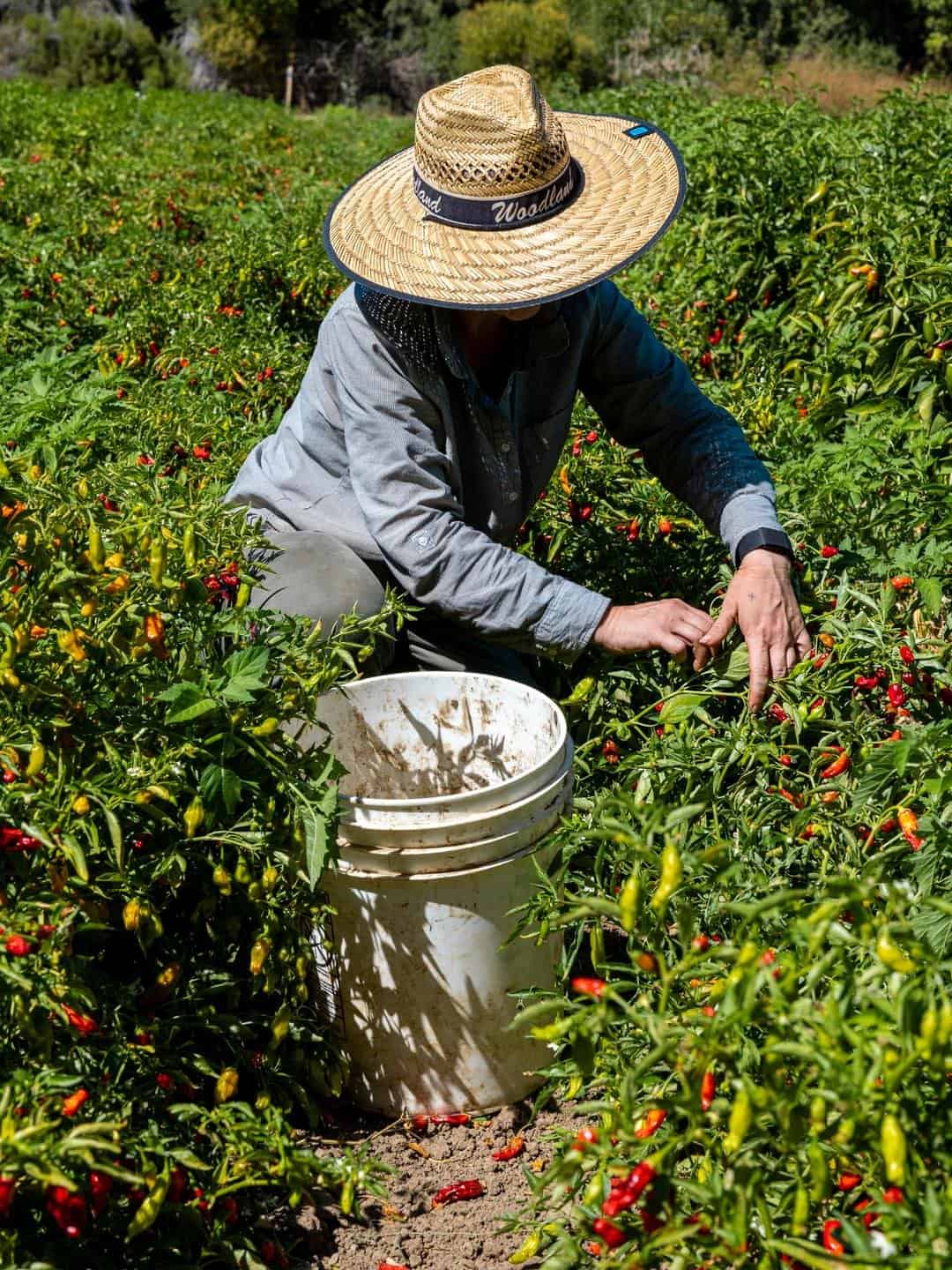
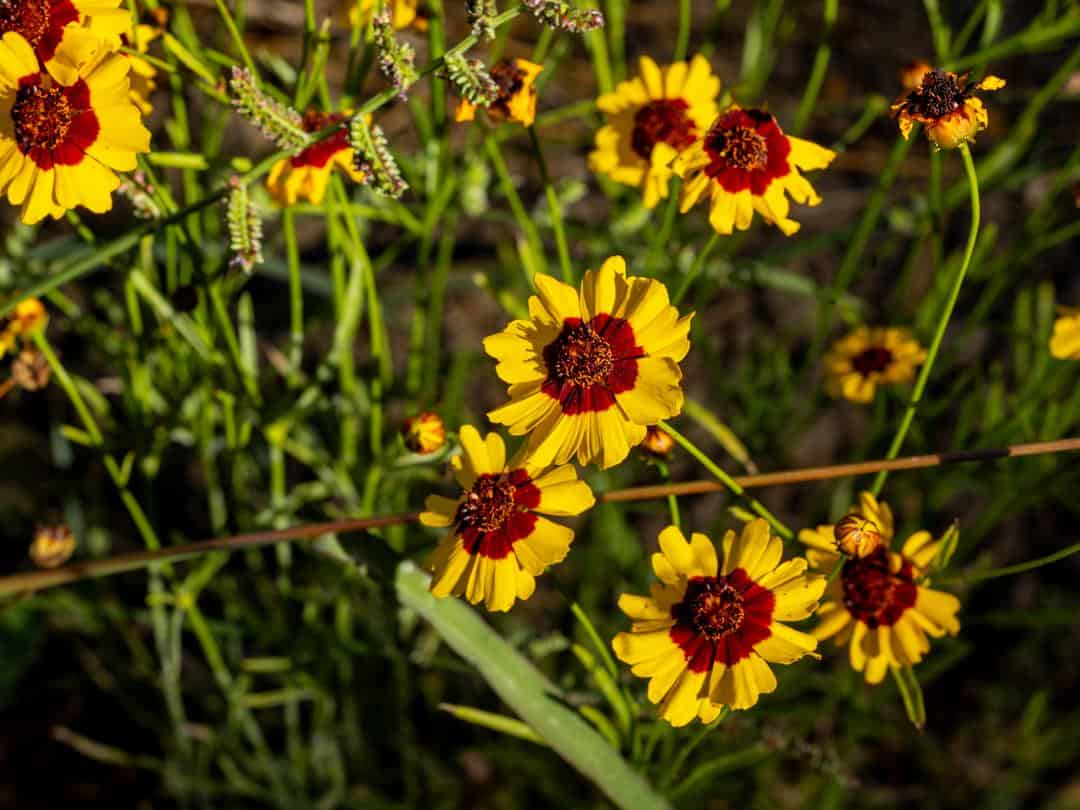
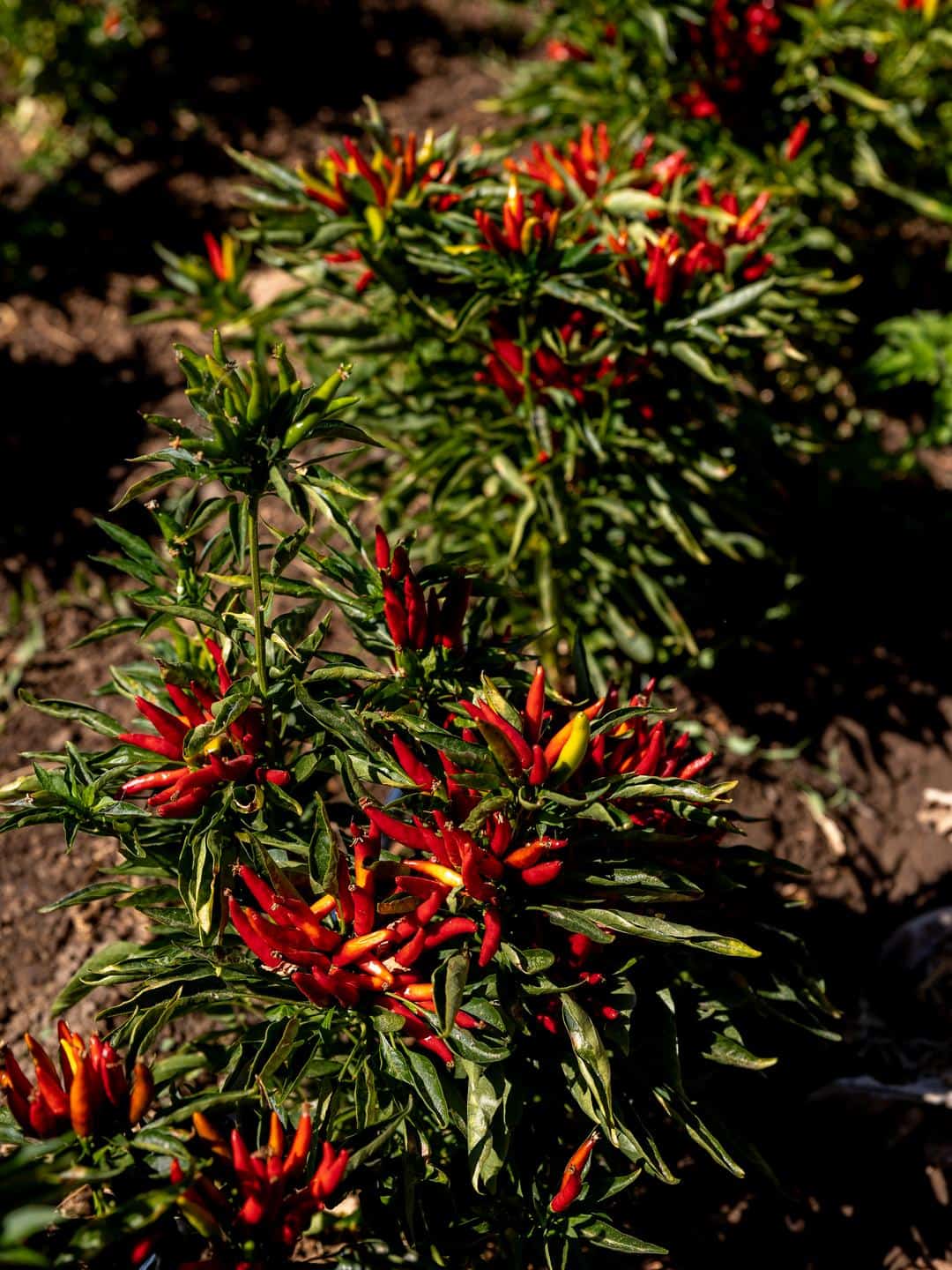

Where to find Good Humus Farms produce
Want to get your hands on some of Good Humus’ organic, regenerative produce? Maybe grab some of their gorgeous flowers or try some of their homemade jams? Here’s how:
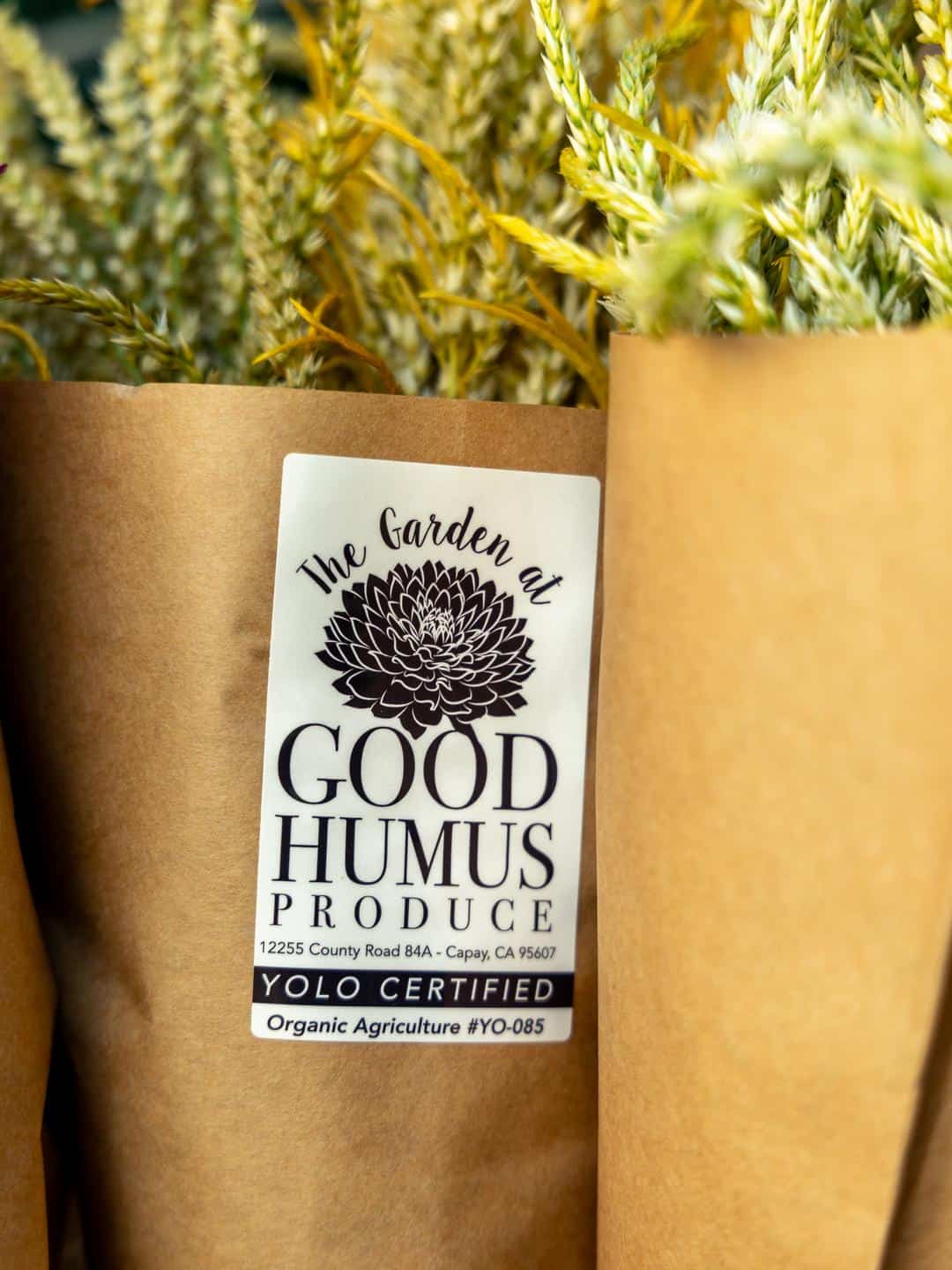
Visit the Davis Central Park Farmers Market
Join their CSA! Good Humus offers a choice of weekly or bimonthly CSA boxes, delivered year-round to seven drop sites in Davis and Sacramento.
You can find Good Humus produce and flowers year-round at the Davis Food Co-op and Sacramento Natural Foods Co-op.
Want to visit Good Humus Farms?
Good Humus hosts open farm days four times a year. Sign up for their weekly newsletter to get the latest information on events, like open farm days, and to get a behind-the-scenes look at what’s happening at the farm!
Visiting Sacramento? You’re just a short drive away from more of our favorite farms and wineries!
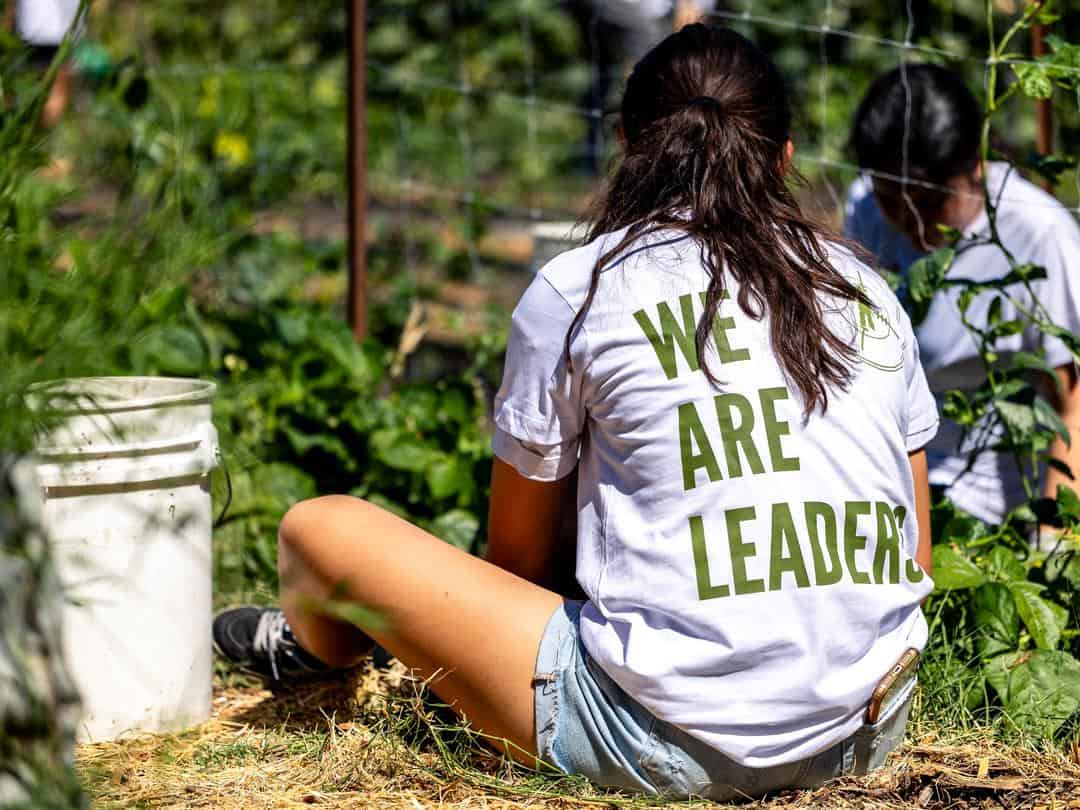
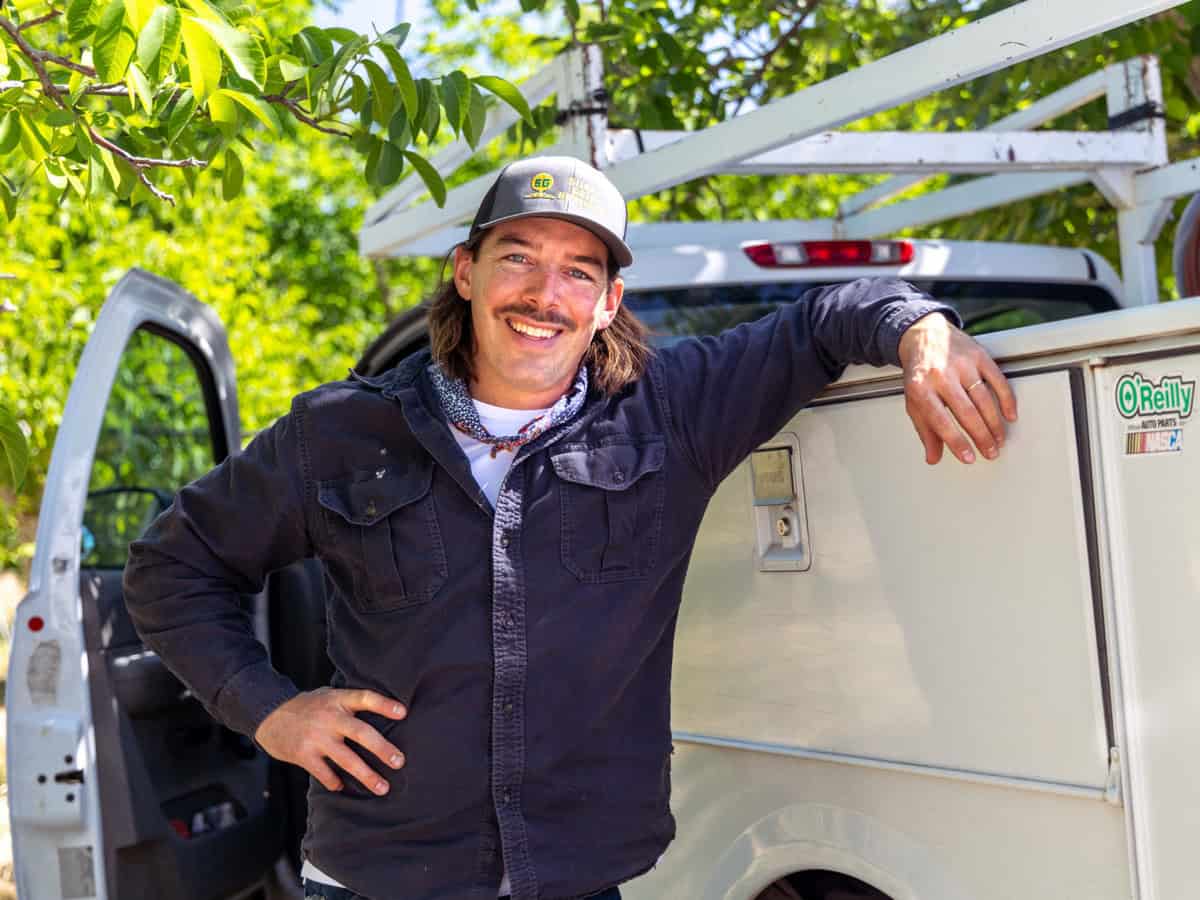
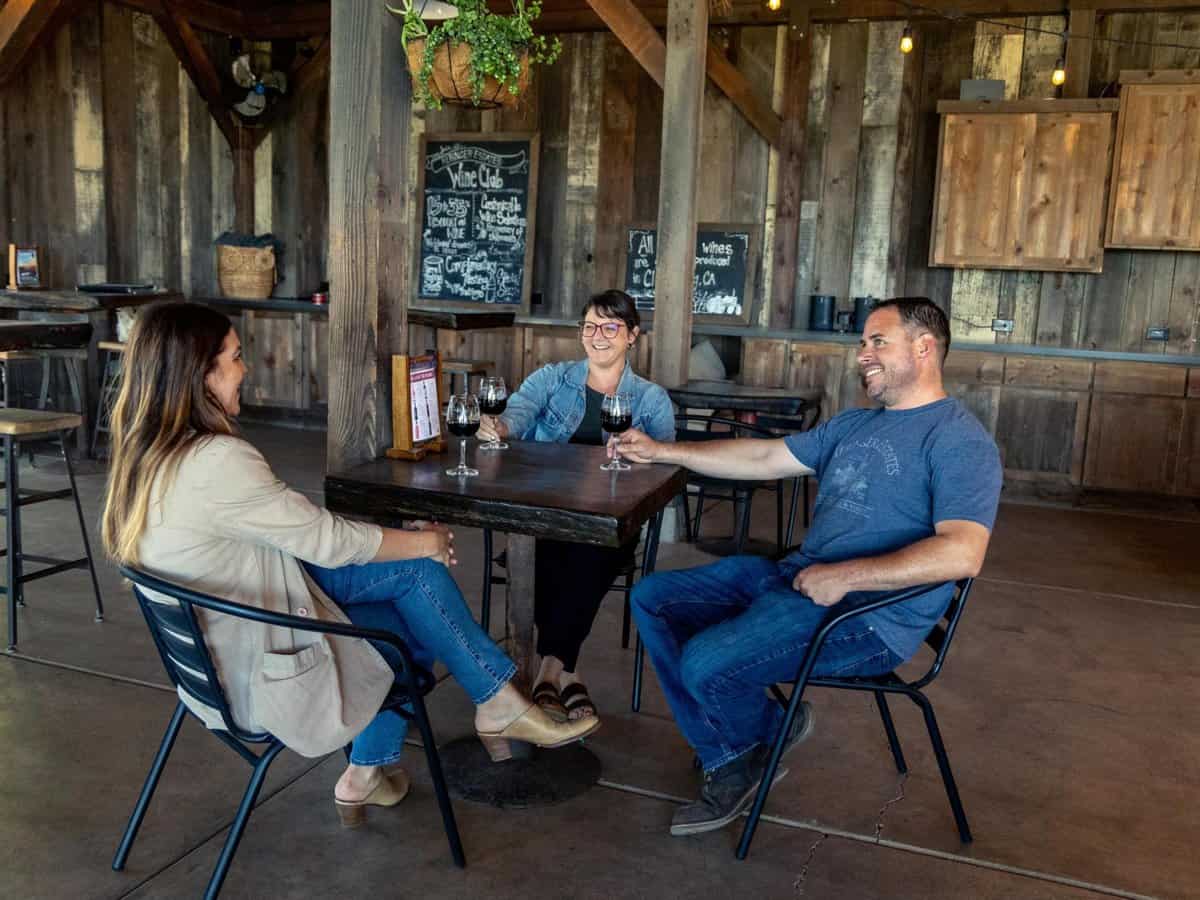
Article and photography by Hilary Rance. Citrus image courtesy of James Collier for CA GROWN.

